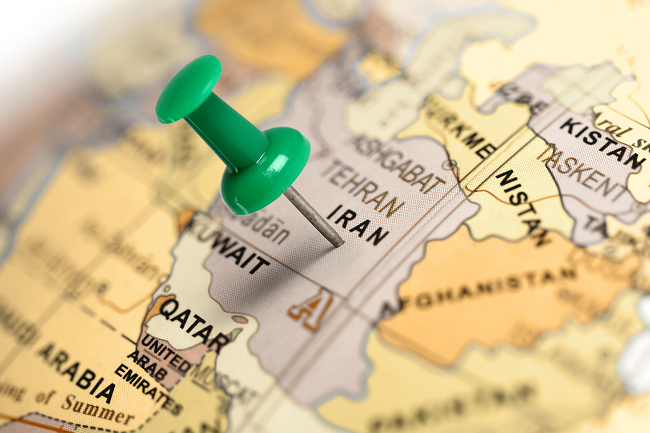
Continuing our series of deep dives into countries’ trade and political environment, the IOE&IT Daily Update looks at Iran following its recent elections.
Election
After over a year of internal unrest following the death of Mahsa Amini, a 22-year-old woman who died after being taken into police custody, Iran’s leaders may have been disappointed by Friday’s (1 March) low turnout.
It’s estimated that only 40.6% of the population came out to vote for parliamentary officials and clerics for its ‘assembly of experts’, whose members then reconfirm or elect the country’s supreme leader. This reflects a fall from 2020’s 42.6% turnout. In some districts, such as the capital of Tehran, turnout is estimated to be as low as 24%.
On the ground in Iran, the FT spoke to young citizens who expressed their dissatisfaction, with one 22-year-old asking: “What is the point of voting when I know my vote wouldn’t change anything?
Despite structurally reflecting a system of ‘checks and balances’, with executive, legislative and judicial powers separated into a number of different governing bodies, many of these are subordinate to supreme leader Ayatollah Khamenei.
Iran has no consistent system of party membership and affiliation, and with over 103 national and provincial parties recognised by the interior minister, Parliament tends towards factionalism. State media have announced that conservative hardline blocs, loyal to the supreme leader, are leading.
Iran’s more progressive reformist party lost influence after supporting former president Rouhani in the previous election. His conservative stance alienated many supporters, reinforcing the notion for many that elections do not yield change.
Economy
Economic struggles persist amid western sanctions, an additional cause of public discontent and low voter turnout.
Sanctions increased when the US withdrew from the Joint Comprehensive Plan of Action (JCPOA) – an Obama administration agreement to lift economic restrictions in exchange for limits on the advance of Iran’s nuclear programme – and were ratcheted up further in response to Iran’s violent suppression of protests last year.
Tensions have been further strained by Iran’s support for Russia since its invasion of Ukraine two years ago. Criticism has been levied from the West in response to Iran supplying Russia’s military with drones, amid increasing fears that it could also offer ballistic missiles following the lifting of UN restrictions on its missile programme as a consequence of the JCPOA’s collapse.
The impact of sanctions has been significant, with Iran experiencing inflation of above 40% between 2019 and 2023; it now stands at 32.5%, according to the IMF.
The World Bank suggests that the economy has gradually adjusted to sanction pressure, as the depreciation of the Rial has increased the competitiveness of its exports to remaining trading partners.
In addition, measures to evade sanctions have been used, including the use of intermediaries to source foreign currencies and disguise transactions, and the change of legal owners of assets.
Trade
Following western sanctions, Iran is heavily reliant on China as a trading partner, with 42% of its exports bound for China in 2021, according to the Observatory of Economic Complexity (OEC).
Its imports are slightly more diverse, although still led by China (28.8%), followed by the UAE (22.9%), Turkey (9.3%), Brazil (6.8%) and India (4.5%).
Iran’s biggest goods export is ethylene polymers (plastics), which were valued at $3.2bn in 2021. This was followed by nuts – or, more specifically, “other nuts’ as per the harmonized system, excluding coconuts, Brazil nuts and cashews. These which accounted for $925m, with Iran the world’s largest exporter.
Iran’s biggest imported product was broadcasting equipment, valued at $3.86bn, and which came almost exclusively from Saudi Arabia (98.3%).
Post-pandemic, there’s also been a significant recovery in Iran’s services exports, with transport services especially buoyant following Russia’s invasion of Ukraine. Freight forwarding and logistics services supporting the movement of goods from Russia to Saudi Arabia have also benefitted from Western restrictions.
UK-Iran trade
Given current trading restrictions, it’s unsurprising that bilateral trade with Iran only stood at £443m, as of September last year.
However, figures from the Department for Business and Trade also showed a slight increase on the previous 12 months. Exports to Iran increased by 1.3% to £235m, while imports showed a more significant rise of 10.1% to £208m. This was mostly driven by services, which represented over 90% of this increase.



